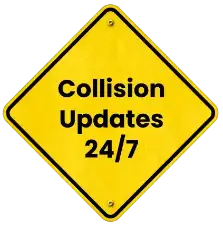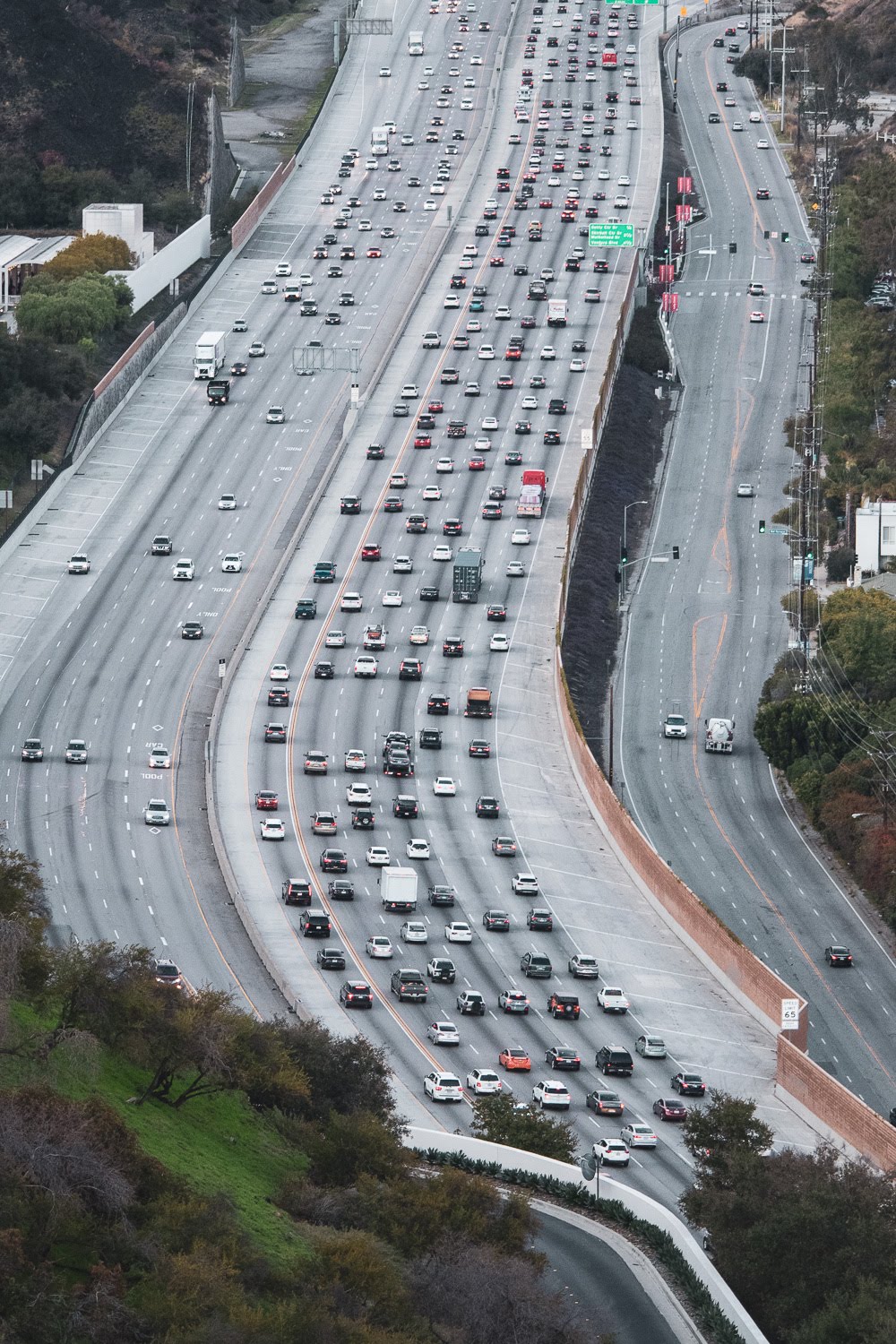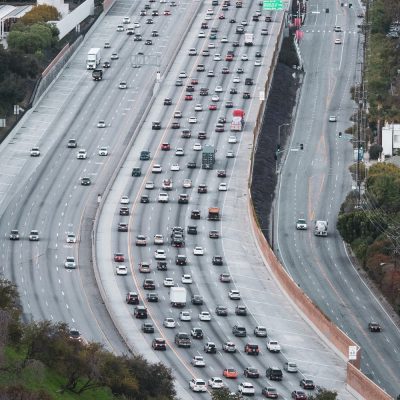
The most dangerous stretches of I‑95


Interstate 95 (I-95) is one of the busiest highways in the United States, running along the East Coast from Florida to Maine. While the road is a vital transportation corridor for both passenger vehicles and commercial trucks, certain stretches are widely recognized as especially dangerous. These high-risk areas often share common traits: heavy congestion, frequent merging traffic, and a mix of local and long-distance drivers unfamiliar with the roadway.
Urban sections of I-95 tend to present the greatest challenges. In major metropolitan areas, the highway narrows, ramps appear close together, and traffic volumes spike during peak hours. These conditions increase the chances of rear-end collisions, side-swipes, and sudden slowdowns. In addition, regions undergoing long-term construction or improvement projects often create temporary lane shifts and changing traffic patterns that raise the risk of accidents.
Dangerous Zones
In general, the riskiest sections are found in large metropolitan areas where traffic density is extreme. In Florida, parts of I-95 through Miami and Fort Lauderdale are known for heavy congestion, multiple interchanges, and aggressive driving behaviors.
As the highway continues north, the corridor through the Mid-Atlantic states presents similar dangers. The segments in and around Philadelphia, Baltimore, and Washington, D.C., are especially prone to delays, lane changes, and rear-end collisions due to constant stop-and-go traffic.
Farther north, the highway runs through New York City on the Cross Bronx Expressway, which is often cited as one of the most stressful stretches of roadway in the country.
Narrow lanes, aging infrastructure, and constant truck traffic create a challenging environment for drivers. Connecticut’s coastal corridor also experiences frequent crashes, with closely spaced exits, sharp curves, and heavy commuter traffic adding to the risk.
Overall, the most dangerous stretches of I-95 are those where high volumes of traffic, complex roadway designs, and challenging conditions converge. Drivers can reduce their risk by slowing down, avoiding peak travel times, and staying alert to sudden changes in traffic flow.
Common Causes of Car Accidents
Car accidents on busy highways like I-95 often stem from a combination of traffic volume, driver behavior, and roadway conditions.
One of the most common contributing factors is congestion. With millions of vehicles using the interstate each day, sudden slowdowns, stop-and-go traffic, and frequent lane changes create an environment where collisions are almost inevitable. Rear-end crashes and side-swipes are especially common in these situations.
Another leading cause is speeding and aggressive driving. Many drivers push well above posted limits, particularly on open stretches of highway, which reduces reaction time and increases the severity of accidents when they do occur. Tailgating and weaving in and out of traffic compound the problem, leaving little room for error.
Commercial truck traffic also plays a role in accident frequency and severity. As one of the main freight corridors on the East Coast, I-95 carries thousands of tractor-trailers daily. These large vehicles need more distance to stop, and when smaller cars cut in front of them or follow too closely, the results can be devastating.
Roadway design and construction zones add another layer of risk. Short ramps, complex interchanges, and ongoing infrastructure projects force drivers to make quick decisions, often leading to sudden lane shifts or confusion. Temporary barriers and reduced shoulders in work zones only heighten the danger.
Weather is another factor, particularly in northern states where snow and ice can quickly turn already crowded highways hazardous. Meanwhile, in southern areas, high speeds combined with sudden downpours often lead to reduced visibility and hydroplaning risks.
Together, these causes show how human behavior and infrastructure intersect to make driving on I-95, and many other highways, particularly challenging. Staying alert, reducing speed, and maintaining safe distances remain the best ways to lower accident risk.
Safety Tips for Drivers
To stay safe, drivers need to prepare before starting their trip. Planning routes in advance, checking traffic updates, and allowing extra travel time can reduce the pressure to make sudden maneuvers or rush through congested areas. Avoiding peak commuting hours when possible also helps minimize exposure to stop-and-go traffic and aggressive drivers.
Maintaining safe speeds is one of the most effective ways to prevent accidents. Many crashes on I-95 are tied to speeding, tailgating, or sudden lane changes.
Drivers should follow posted limits and adjust speed for conditions such as rain, construction zones, or heavy congestion. Keeping at least a three-second following distance, and extending it in bad weather, gives drivers more time to react if traffic slows suddenly.
Staying alert is equally important. With frequent merges and exits, especially in cities like Miami, Philadelphia, and New York, distractions can be deadly. Avoid using phones, eating, or other multitasking behind the wheel. Instead, keep both hands on the wheel and eyes on the road to watch for sudden lane shifts, work zone changes, or unexpected slowdowns.
Another key tip is learning how to share the road with large trucks. I-95 carries heavy freight traffic, and passenger vehicles should avoid lingering in truck blind spots. Leaving extra space when merging and allowing trucks more room to stop helps prevent dangerous collisions.
How a Lawyer Can Help
Being involved in a crash on I-95 can be overwhelming. The highway is fast-moving, often congested, and accidents there frequently result in serious injuries or significant vehicle damage. After such an event, many people are unsure of what steps to take. This is where an experienced personal injury lawyer can make a meaningful difference.
A skilled car accident lawyer can:
- Investigate the accident to establish liability.
- Handle insurance companies to secure fair settlements.
- Pursue litigation if needed for full compensation.
- Support families when wrongful death accidents occur.
Contact an I-95 Car Accident Lawyer
If you or someone close to you has been hurt in a crash on I-95, you don’t have to go through the aftermath alone. Multi-vehicle collisions, heavy truck traffic, and insurance company tactics can make the process overwhelming without experienced legal support. An I-95 accident lawyer can stand up for your rights, manage complex negotiations, and work to secure the full compensation you need.
Reach out to a skilled I-95 car accident lawyer today to review your case and take the first step toward recovery.

